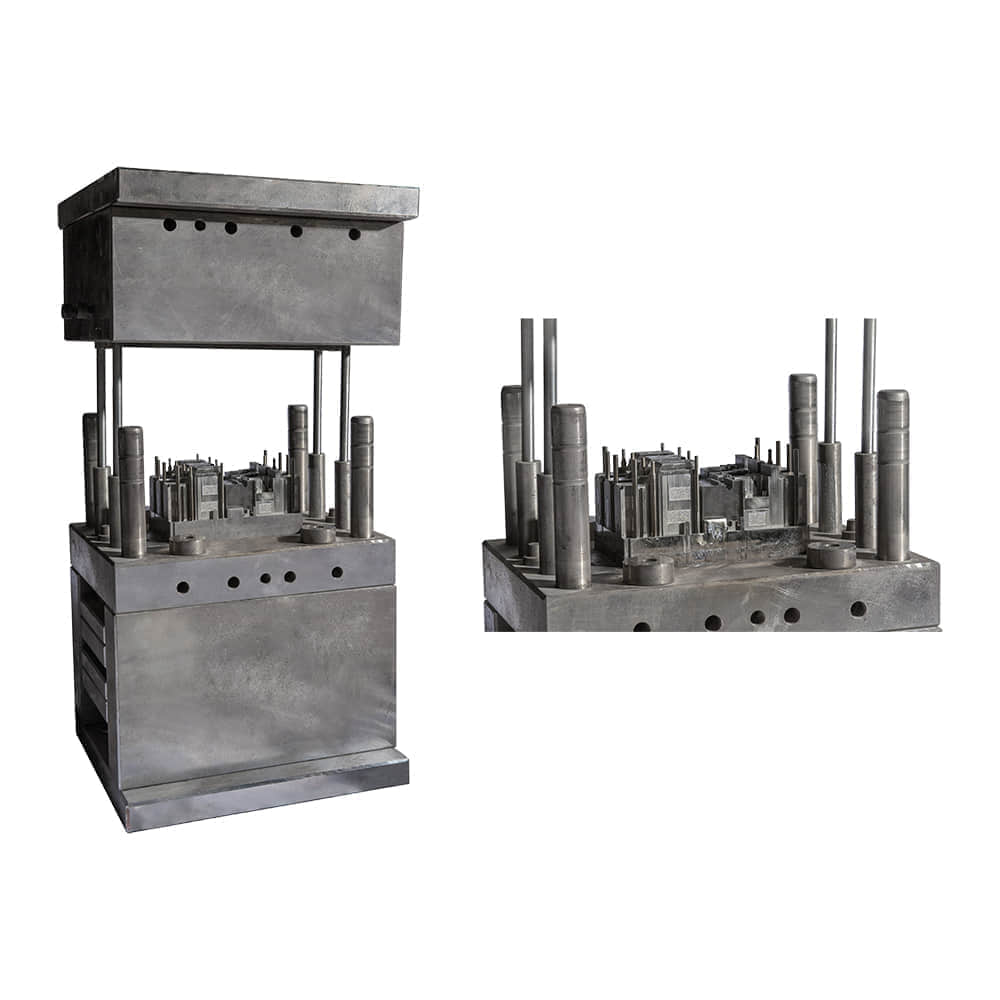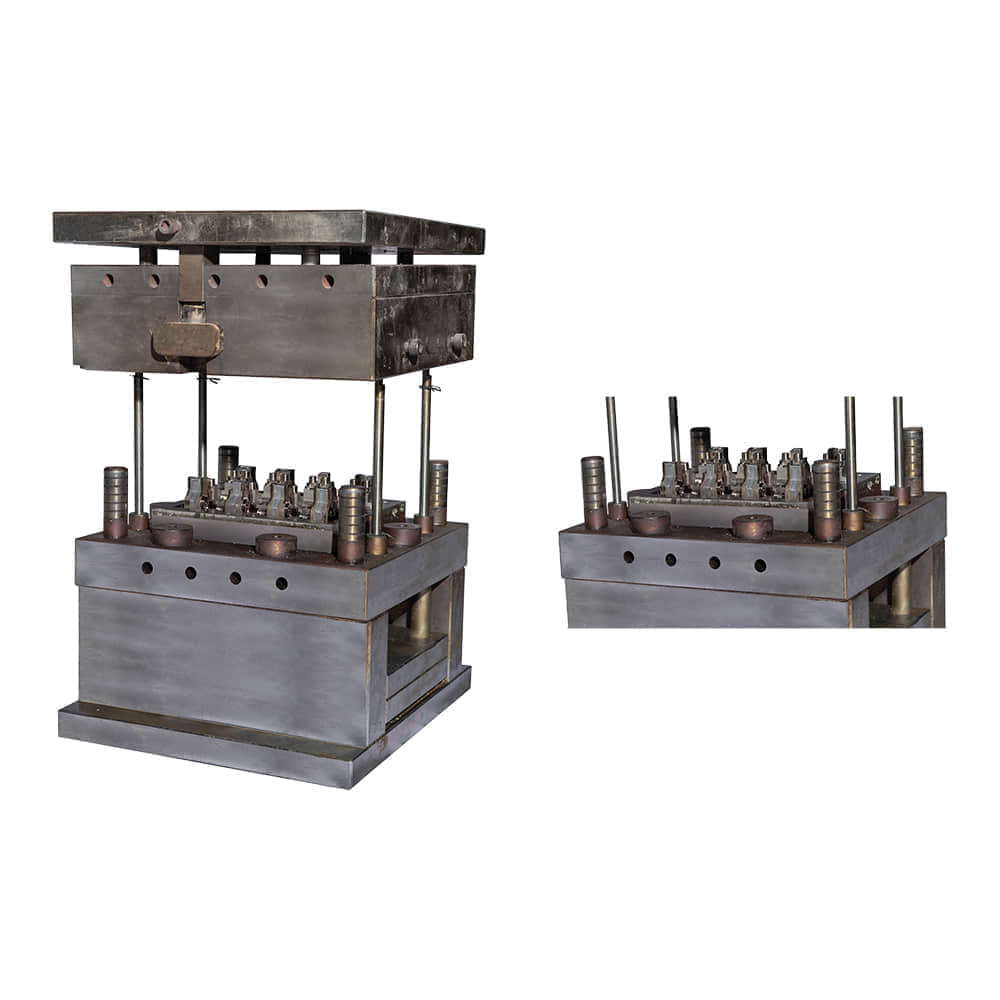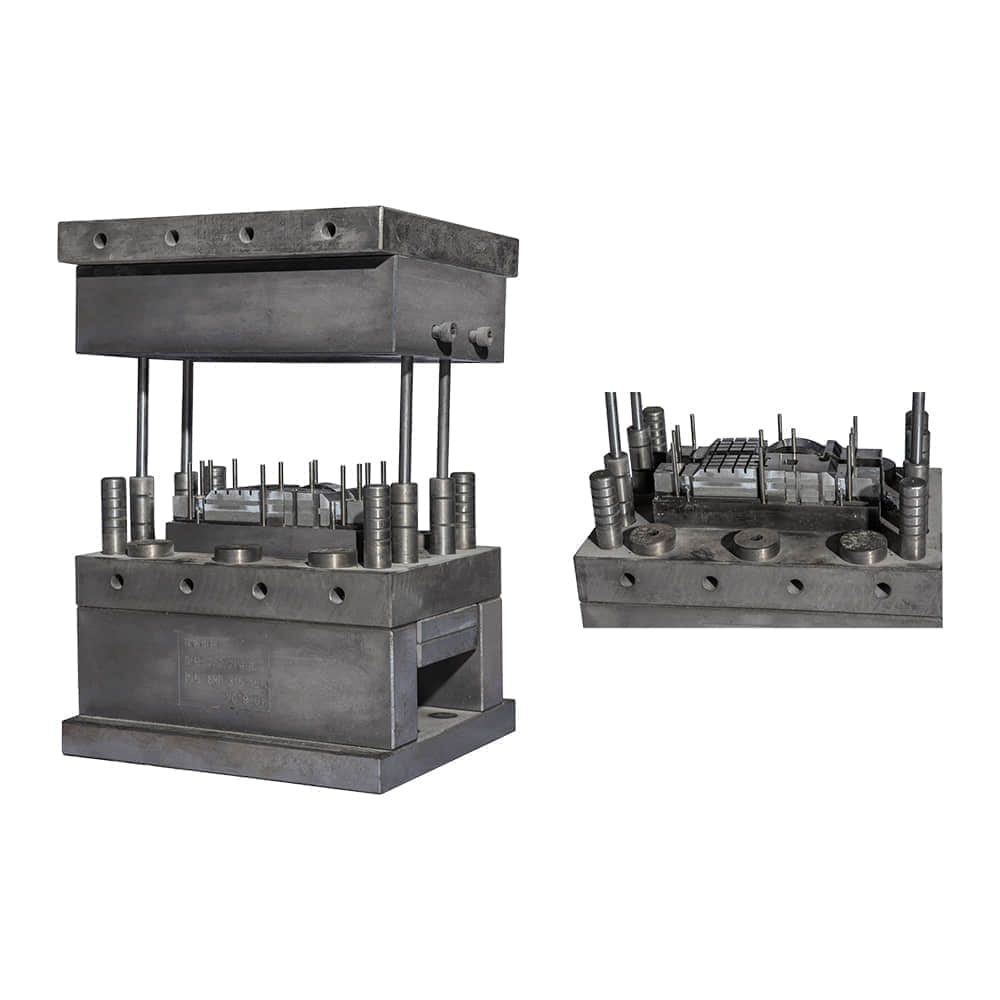Thermosetting compression moulding, often referred to simply as compression moulding, is a widely used manufacturing process that transforms raw materials into durable and resilient products. This versatile method offers numerous advantages, making it a preferred choice in various industries such as automotive, aerospace, electronics, and more. In this article, we will delve into the world of thermosetting compression moulding, exploring its key principles, applications, and benefits.

Understanding Thermosetting Compression Moulding

Thermosetting compression moulding is a manufacturing technique used to shape and cure thermosetting materials. Thermosetting materials, unlike thermoplastics, undergo a chemical transformation when heated, becoming rigid and stable. This process involves several key steps: 1. Material Preparation The process begins with the preparation of raw materials, which are typically in the form of granules, pellets, or pre-impregnated sheets. These materials often include phenolic resins, epoxy resins, and other thermosetting polymers, combined with reinforcement materials like fiberglass, carbon fiber, or aramid. 2. Mould Design A carefully designed mould, often made from metal, is used to shape the product. The mould consists of two halves that are brought together during the compression moulding process. 3. Loading the Material The prepared thermosetting material is placed into the open mould cavity. 4. Compression The mould halves are then closed and subjected to high pressure, typically achieved through hydraulic presses. This compression forces the material to conform to the mould’s shape and expels excess resin. 5. Curing The mould, now under pressure, is heated to a specific temperature to initiate the curing process. During curing, the thermosetting resin undergoes a chemical reaction, cross-linking and hardening into a solid form. 6. Cooling and Ejection After curing, the mould is cooled, allowing the part to solidify further. Once sufficiently cooled, the mould opens, and the finished product is ejected. Applications of Thermosetting Compression Moulding Thermosetting compression moulding finds applications in a wide range of industries, owing to its ability to produce high-strength, durable, and dimensionally stable components. Some common applications include: 1. Automotive Parts Compression moulding is used to manufacture various automotive components, including brake pads, clutch plates, and composite body panels, due to its excellent heat resistance and mechanical properties. 2. Electrical and Electronics The process is widely employed in the production of insulating components, circuit boards, and electrical connectors, thanks to its electrical insulation properties and dimensional stability. 3. Aerospace Aerospace applications utilize compression moulding for creating lightweight, high-strength composite parts like aircraft interior panels and structural components. 4. Consumer Goods Thermosetting compression moulding is used for producing consumer goods such as kitchenware, toilet seats, and electrical switchgear components. Advantages of Thermosetting Compression Moulding High Strength: Products manufactured through this process exhibit exceptional strength and rigidity, making them suitable for demanding applications. Dimensional Stability: Compression moulding offers precise control over part dimensions, ensuring consistency and accuracy in production. Chemical Resistance: Thermosetting materials are often resistant to chemicals, making them ideal for applications involving exposure to harsh substances. Heat Resistance: The cured thermosetting products can withstand high temperatures without deforming or degrading. Cost-Effective: The process is cost-effective for large-scale production runs, thanks to rapid cycle times and minimal material waste. Design Flexibility: Moulds can be customized to create complex shapes and intricate designs, offering design freedom. In conclusion, thermosetting compression moulding is a versatile manufacturing process that plays a crucial role in several industries, producing durable and high-performance components. Its ability to create products with outstanding mechanical properties, chemical resistance, and heat resistance make it a reliable choice for various applications. As technology and materials continue to advance, thermosetting compression moulding will likely remain a cornerstone of modern manufacturing.
